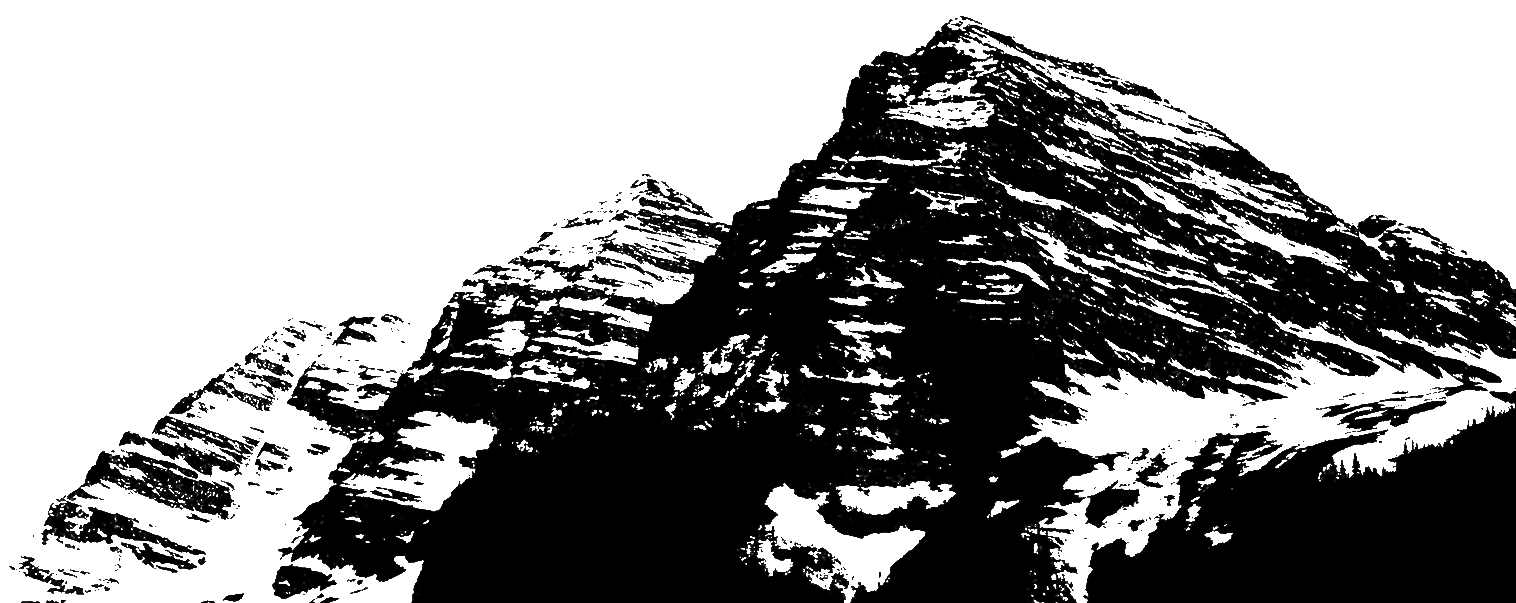Questions About The Maroon Bells
The Maroon Bells are two peaks in the Elk Mountains, Maroon Peak and North Maroon Peak, located in Colorado. The peaks are fourteeners, towering 14,000 feet above the pristine, glacial Maroon Creek Valley. They are predominantly composed of mudstone — formed by the compression of clay and mud over hundreds of thousands of years. They are frequently regarded as the most photographed mountains in America.
The United States Congress designated the Maroon Bells-Snowmass Wilderness in 1964. It now has a total of 181,973 acres. All of this Wilderness is located in Colorado and is managed by the White River and Gunnison National Forests. It is Colorado’s fourth largest Wilderness and exemplifies Rocky Mountain splendor: 100 miles of trail lead over nine passes above 12,00 feet, vast regions lie above tree line, and long glacial valleys point the way to glistening alpine lakes. Six peaks rising above 14,000 feet draw mountaineers to challenge themselves on the rugged terrain. Elk and deer currently thrive in the Elk Mountains. Historically what is now the Maroon Bells-Snowmass Wilderness was the territory of the Paranuche and Tabeguache bands of the Ute Tribe.
No, this is a scenic Area managed by the US Forest Service. The Forest Service is an agency of the U.S. Department of Agriculture and is responsible for protecting, managing, and using the nation’s forests, rangeland, and aquatic ecosystems.
The Maroon Bells-Snowmass Wilderness and the ecosystems that surround it are home to a variety of large animals including red fox, coyotes, raccoons, porcupines, bobcats, mountain lions, black bears, mountain goats, bighorn sheep, mule deer, elk, and moose. There are also numerous bird and rodent species.
No. You must not approach or feed wildlife. View animals from a safe distance, giving animals plenty of room to roam without human interference, especially bears and moose. Feeding wildlife is dangerous for wildlife and people. Ths is black bear country. You must not leave food behind and are required to use an IGBC approved bear resistant container if camping overnight in the Maroon Bells-Snowmass Wilderness.
Be prepared for quickly changing weather condition. We recommend sunscreen, extra layers, rain gear, and comfortable hiking shoes. Bring extra water and plenty of snacks. There is no food at the Maroon Bells Scenic Area.
Leave No Trace is a set of ethics promoting conservation of the outdoors. It provides a set of guidelines to help people minimize their impacts on the environment when they’re exploring the outdoors. These are:
Plan Ahead and Prepare
Know the regulation for the area you’ll visit and prepare for extreme weather and emergencies.
Travel and Camp on Durable Surfaces
Concentrate your use to existing trails and campsites.
Dispose of Waste Properly
If you pack it in, you must pack it out. Packout all trash, leftover food, and litter. Use the restroom before you go or deposit solid human waste in catholes, dug 6 to 8 inches deep, and at least 200 feet from water, camp, and trails.
Leave What You Find
Leave rocks, plants, cultural artifacts, and other natural items as you found them.
Minimize Campfire Impacts
Use established fire rings where fires are permitted and keep fires small.
Respect Wildlife
Observe wildlife from a distance and never feed animals. Control your pets at all times or leave them at home.
Be Considerate of Other Visitors
Respect others and protect the quality of their experience.
There is no rule stating you can’t, but this is a high altitude ecosystem. The vegetation and biotic soil crust that covers the landscape take decades to develop and taking shortcuts or going off trail destroys this. Please follow the leave no trace principles by taking what you brought with you and leaving no sign of you visit. During hunting season, wear orange if going off trail as hunters are allowed to hunt on the scenic loop.
No, the lake and stream water is not potable and must be filtered or treated before drinking.
No drinking water is available at the Trailhead. Visitors will need to come prepared with enough water, or a way to treat it, for the time they will spend at the Maroon Bells.
There is water all season long at the Maroon Bells Welcome Center, at Aspen Highlands, where the shuttle departs from Aspen. Be sure to fill up before you head up to the Maroon Bells.
Horses are allowed to be on East Maroon and West Maroon Trails, not in the Maroon Bells Scenic Area.
No, you cannot swim, kayak, or paddle board at Maroon Lake. Help us preserve the outdoor experience for all guests by not entering the lake.
The bathrooms are located next to the Maroon Lake Visitors Center and at the far end of the day-use parking lot near the picnic tables. There is no running water in the restrooms. The bathrooms are a fully supported waste management system that turns waste into biodegradable compost.
Yes, but dogs must be on a physical leash and under control at all times.
Protecting The Bells is a team effort. Aspen Snowmass is proud to be a partner with the following organizations who have worked tirelessly to preserve, protect and maintain the fragile ecosystems of the Maroon Bells-Snowmass Wilderness Area. Volunteer with them this year — the rewards are immense!
Colorado Fourteeners Initiative
Roaring Fork Outdoor Volunteers
Aspen Center for Environmental Studies
